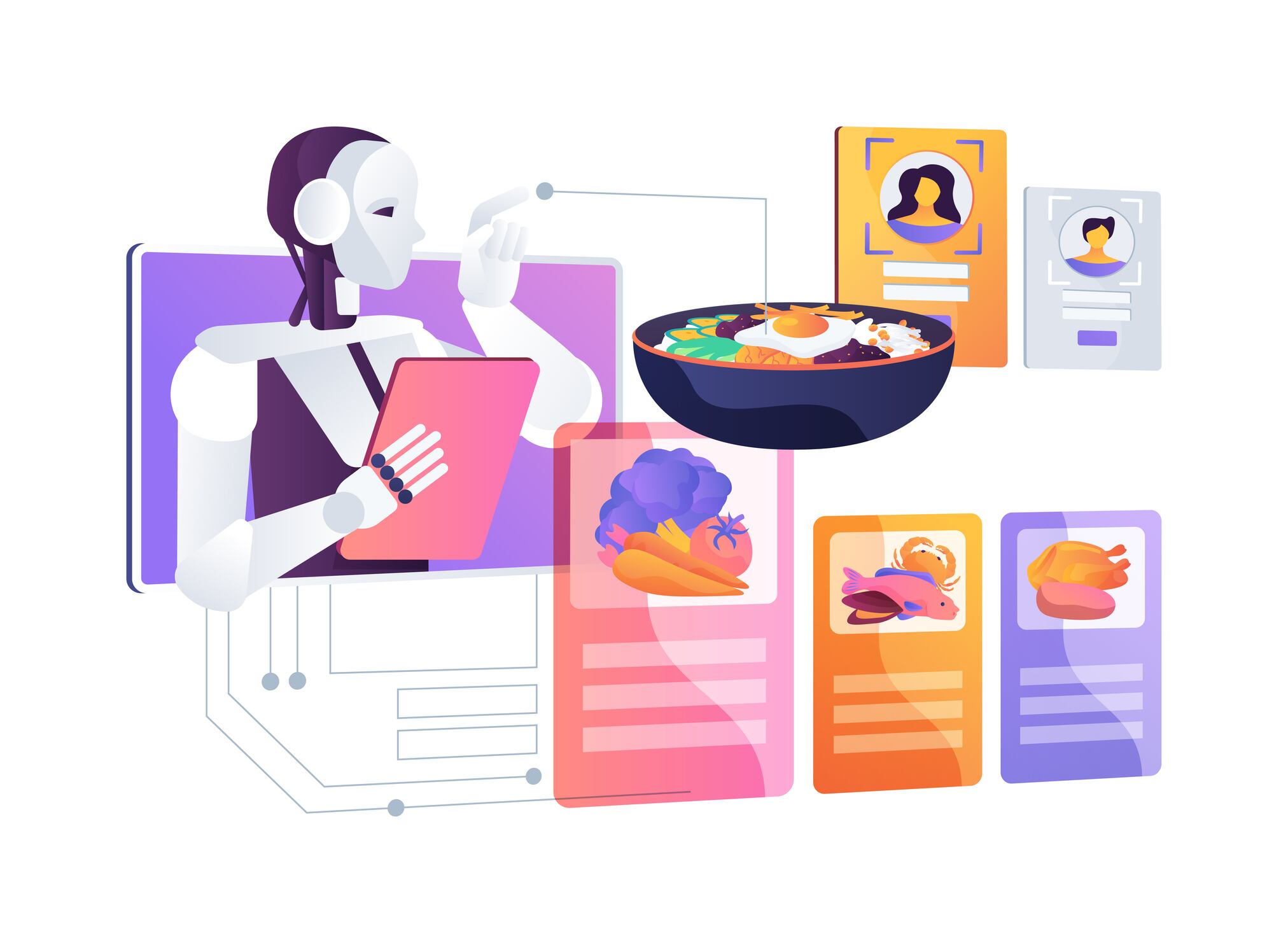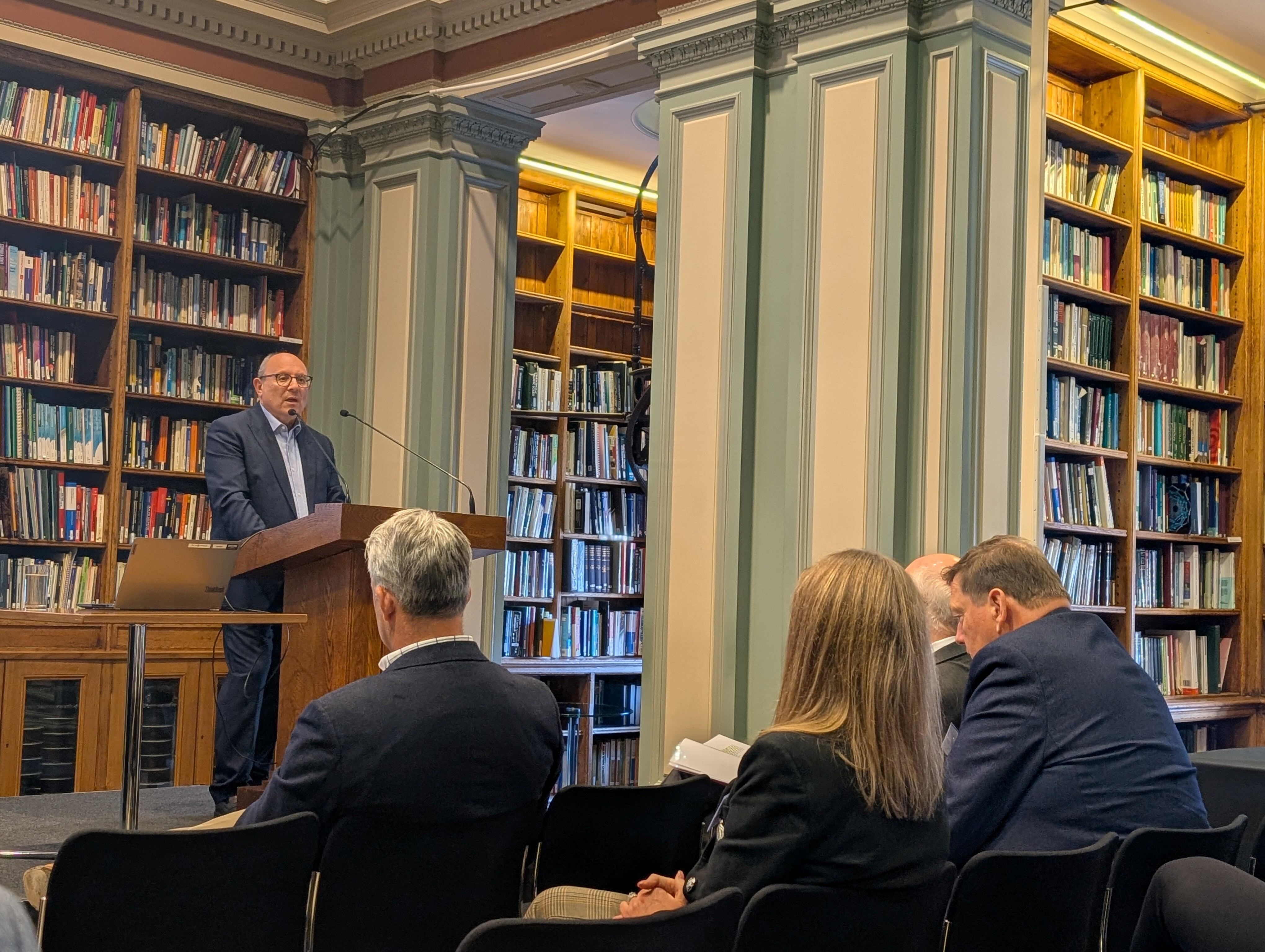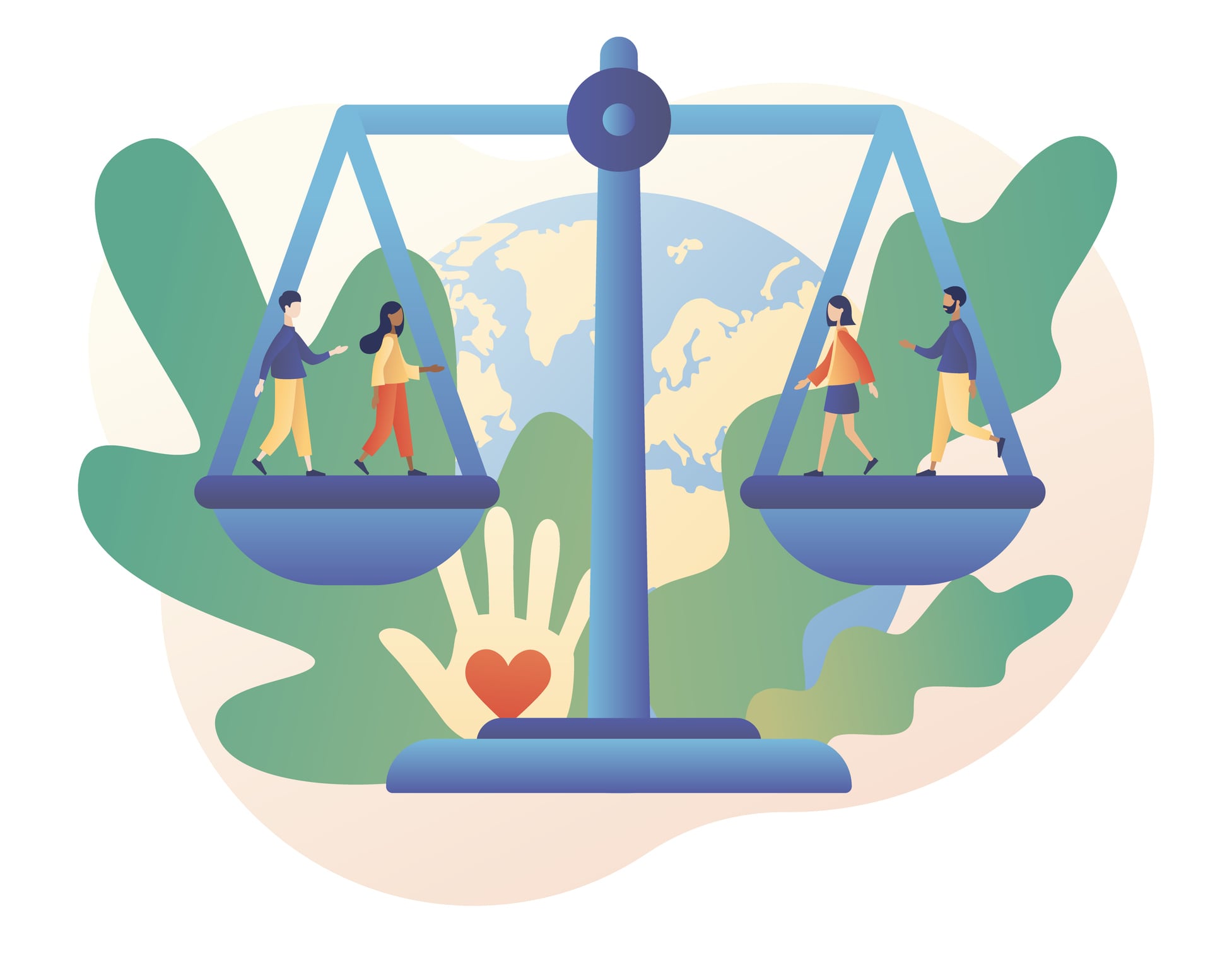When I look back at how much the world has changed in my three decades (plus a little more, maybe) on this planet, I can’t quite fathom how different everything is.
When the internet used to be a dial-up process and the height of phone technology was installing custom ringtones, there was no way I had ever envisioned a future where people would shop on social media or use AI-assisted grocery shopping.
During the pandemic, life and therefore consumer behaviours altered drastically. International travel pretty much halted, hospitality almost fell to its knees, food to go sales plummeted, and we all became obsessed with online pub quizzes.
But the ‘new normal’ as everyone referred to it back then, is changing again. The trends and the way in which people shop and consume is evolving.
“We live in the most fragmented and complex market than we’ve ever known,” said Nick Miles, director of retail insight at IGD said at the organisation’s recent London conference.
“Growth is likely to look different to the past.”
Market channels
Total food and drink market in 2025 stands at just over £278 billon, according to IGD figures. In value terms, 63.3% of market share belongs to retail channels and 36.7% to away-from-home.
Supermarkets own just over a quarter of the value share at 26.7%, with the second biggest channel quick service restaurants at 12.8%, followed by convenience at 12.5%.
But when you look at all the sectors together, it’s not as simple as ‘the retail vs away-from-home divide’. There are now many more routes to market, with sub-channels occurring within channels; and several occasions where those channels can play a role.
“We talk a lot about what drives shoppers to store, what drives them to a restaurant or pub. But, essentially, they’re choosing where they are going to eat or drink, and that is generally correlated with what kind of occasion consumption moment they’re looking at,” said Rhian Thomas, director of Shopper Insight.
She broke this down into standard occasions such as ‘eating dinner’, regular occasions such as ‘walking the dog’, and less frequent occasions such as ‘watching live music’.
Bringing her example to life, she introduced a persona based on the average UK shopper – aged 40.4 (the median age), living in a suburban area, earning just over £38k a year.
Thomas took the audience through various parts of the persona’s day as a hybrid worker, emphasising the moments and opportunities shops had to cater to her demands.
This included the coffee kiosk at the train station, the workplace canteen for lunch, the bowling alley (where she had a few drinks with colleagues), the convenience store on the way home to pick up a last minute dinner and a few essentials, and her phone (online shopping) when she remembered she needed to buy cat food and lunch for the next day.
Opportunity in online
In particular, she expressed an opportunity in online which has several sub-categories including quick commerce and subscriptions, among others.
Miles also expressed enthusiasm in this channel, emphasising the growth set for online and quick commerce: “Online is forecasted to be the fastest growing grocery channel over the next five years, but within that quick commerce is forecast to growth double the rate of that channel, around 10% Y-o-Y.”
He added: “Operators will continue to broaden the types of missions they service to quick commerce but [are] really looking to own the impulse shopping mission. Tesco, for example, has now expanded its Woosh service, which is now available in more than 1,500 stores, with 15,000 SKUs offered through that platform.”
Moreover, Gen Z shoppers are forecast to make up to 39% of retail sales by 2030. With nearly a third of 18-24 year olds using social media as inspiration around food and drink, this sub-channel will also become increasingly important in not just how we communicate but how we sell to shoppers.
In-store
But Miles also outlined the importance of further ‘big box’ invention: “Large stores remain the heartbeat of the industry – they will drive 42% of net new grocery sales in the UK in the next five years."
He noted that it’ll be the retailers who strike the balance between efficiency and ‘winning shopping experiences’ that will continue to drive the growth.
Discounters are also expected to continue to grow and are forecast to have 17% market share in the UK - for the first time - by 2030, up from around 15% today.
“They’ll do this by continuing to open new stores but also ruthlessly focusing on value.”
Whilst Gen Z will be looking online, the older (and ageing population) will favour the in-store experience. In fact, IGD is forecasting over a million more people to be aged 85 and above by 2030 than in the UK today.
“These shoppers will prefer to go to the store, so they’ll be great opportunities to launch new products, packaging, categories and services that target this audience,” Miles said.
The in-store experience will become increasingly digitalised too, with AI used to measure the impact of retail media and become better at targeting shoppers in real time. There are already use-cases of this in the sector, such as electronic shelf edge labels in Asda, and Smart Trollies in Singapore which can help guide shoppers to the correct aisles and offer personalised suggestions.
Away from home
Over the next couple of years, IGD says 44% of away-from-home retail sales will come from quick service restaurants.
This will be driven by new concepts coming to the market that tap into the latest trends but also through existing trends being expanded such as more healthier options and personalised offers.
The big opportunity in travel and leisure with food to go
Before the pandemic, food to go was growing around twice the rate of core grocery retail. Whilst it took a slump due to the rise of at-home working, analysts at IGD say they are “really optimistic” about the market going forward.
Its forecast predicts the food to go market will become even bigger than it was in 2019 by 2029.
“Consumers will prioritise convenient and less formal on-the-go dining experiences going forward,” Miles added.
IGD says it’s expecting away-from-home operators to continue to innovate within travel hubs with better food to go options, and consumers to continue to prioritise experience over possessions.
This means leisure will be a great area for growth, with an opportunity for food to go options at gyms, cinemas, themes parks, etc.
Retailers will also continue to invest in food to go in their large stores and in convenience.





